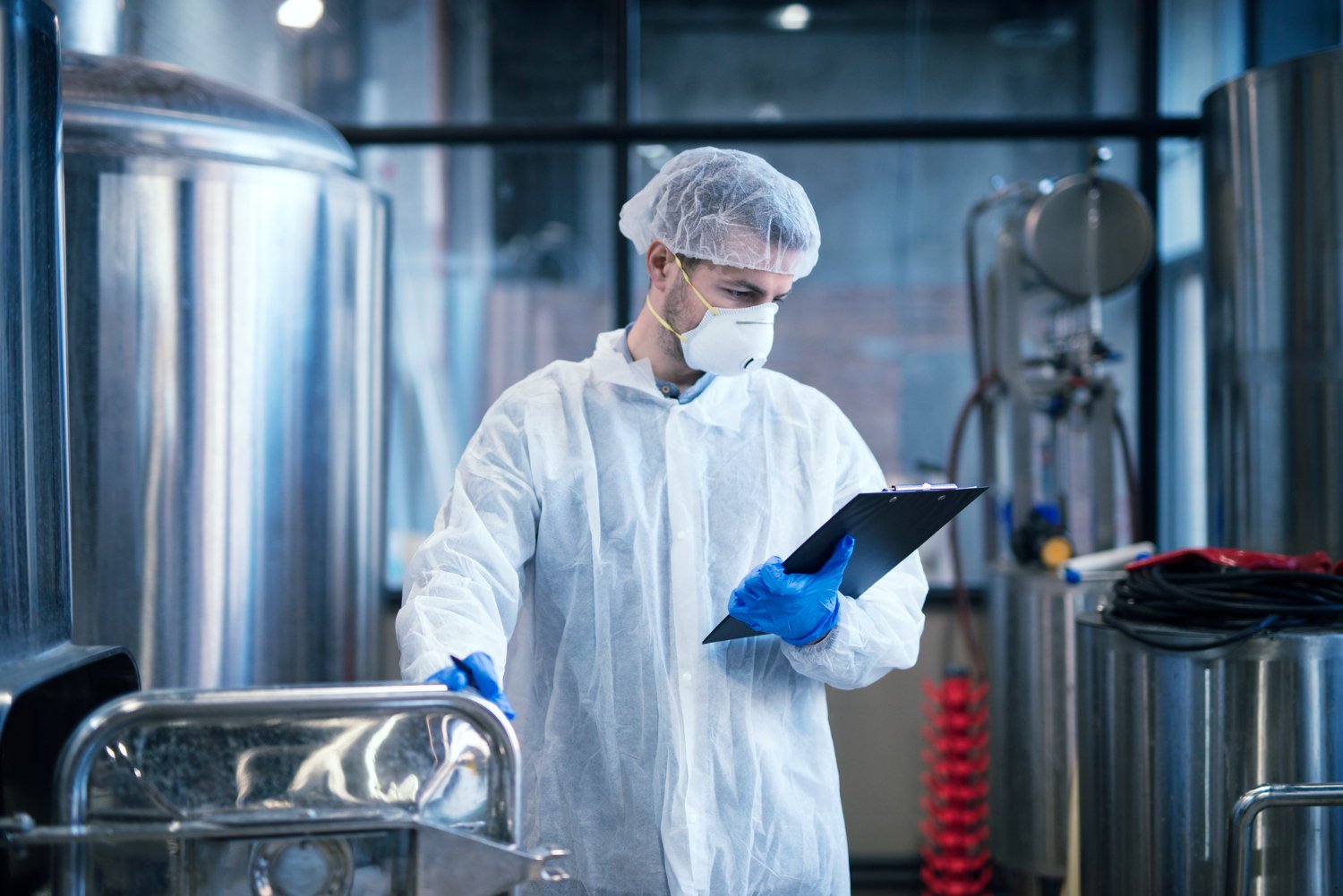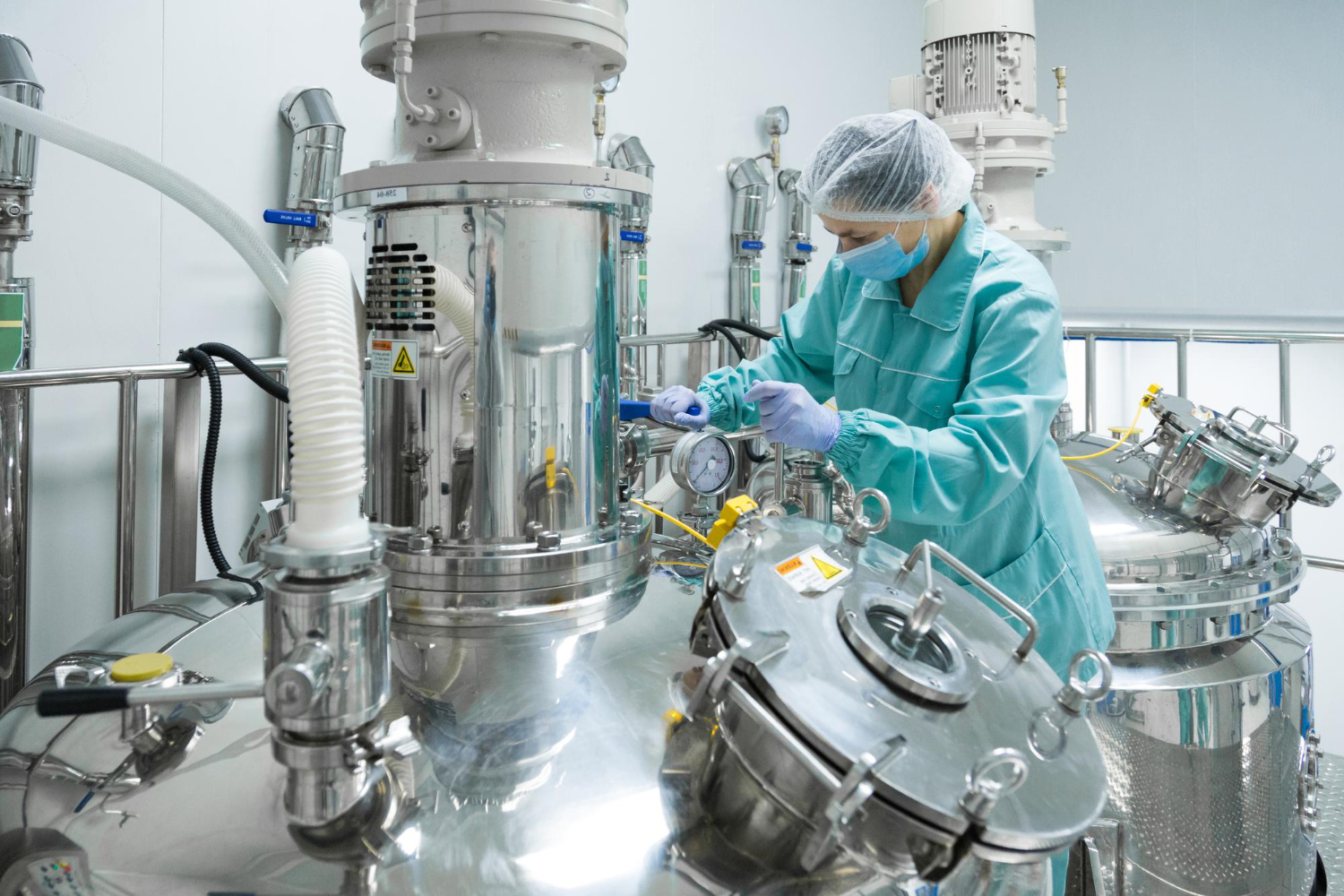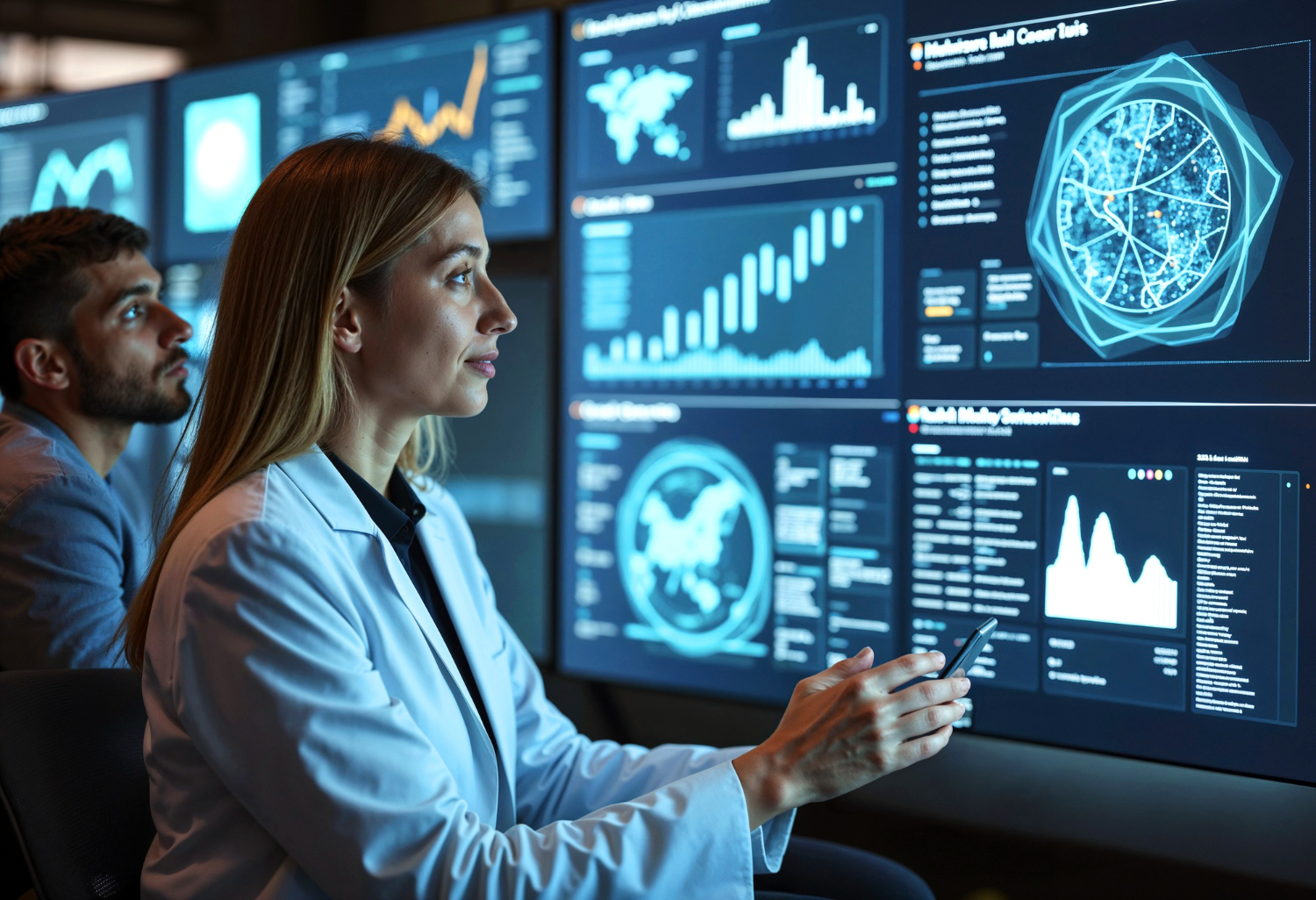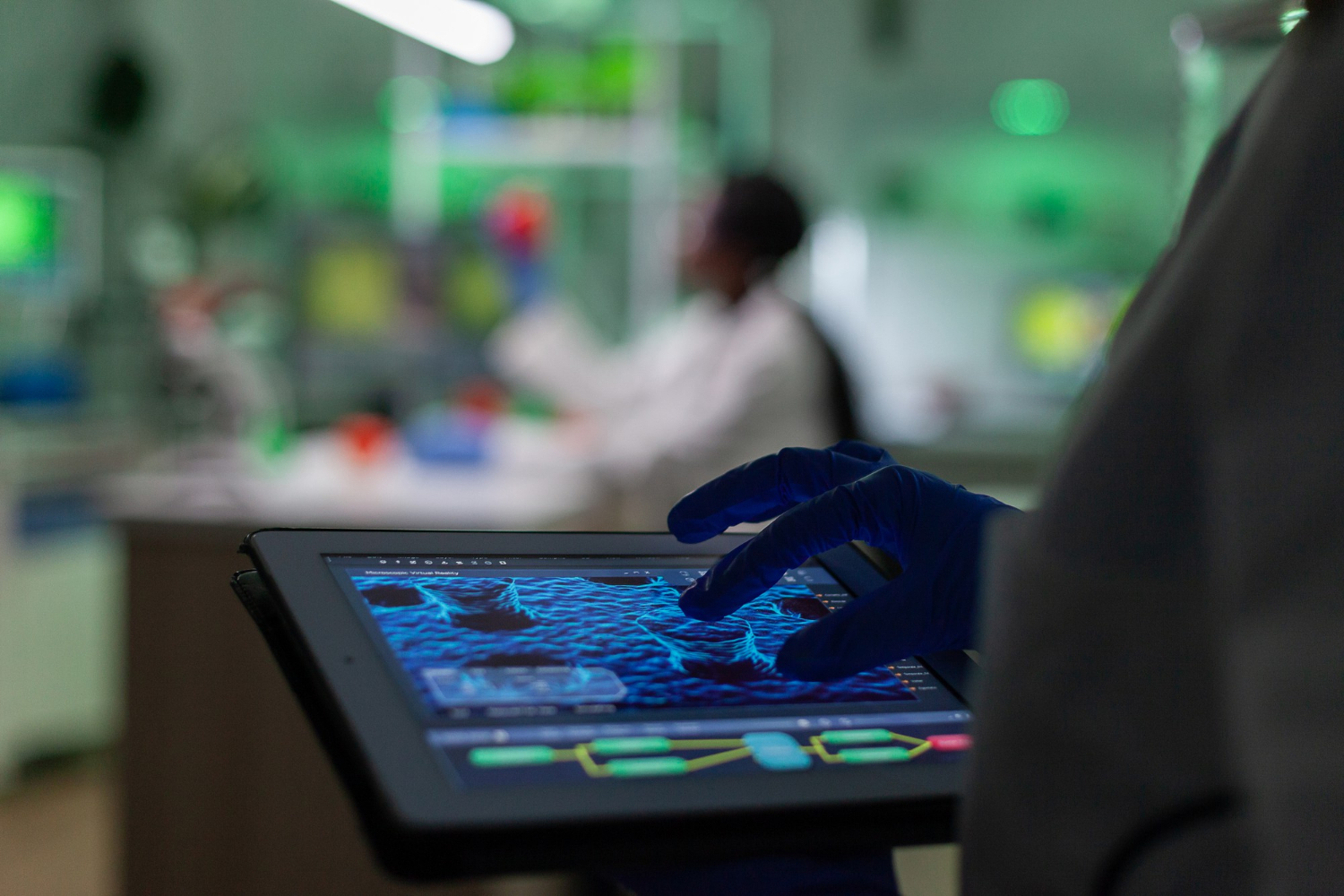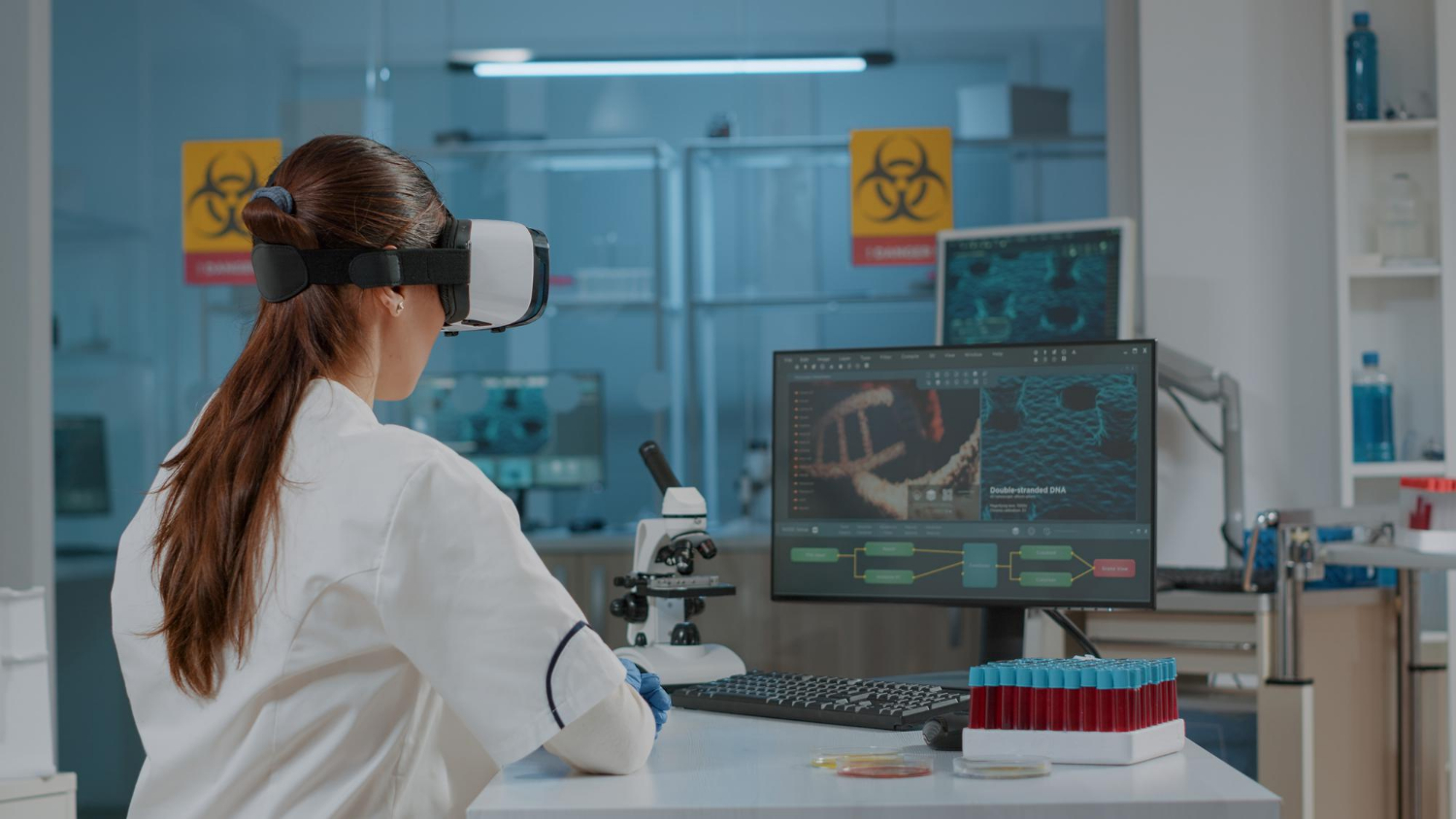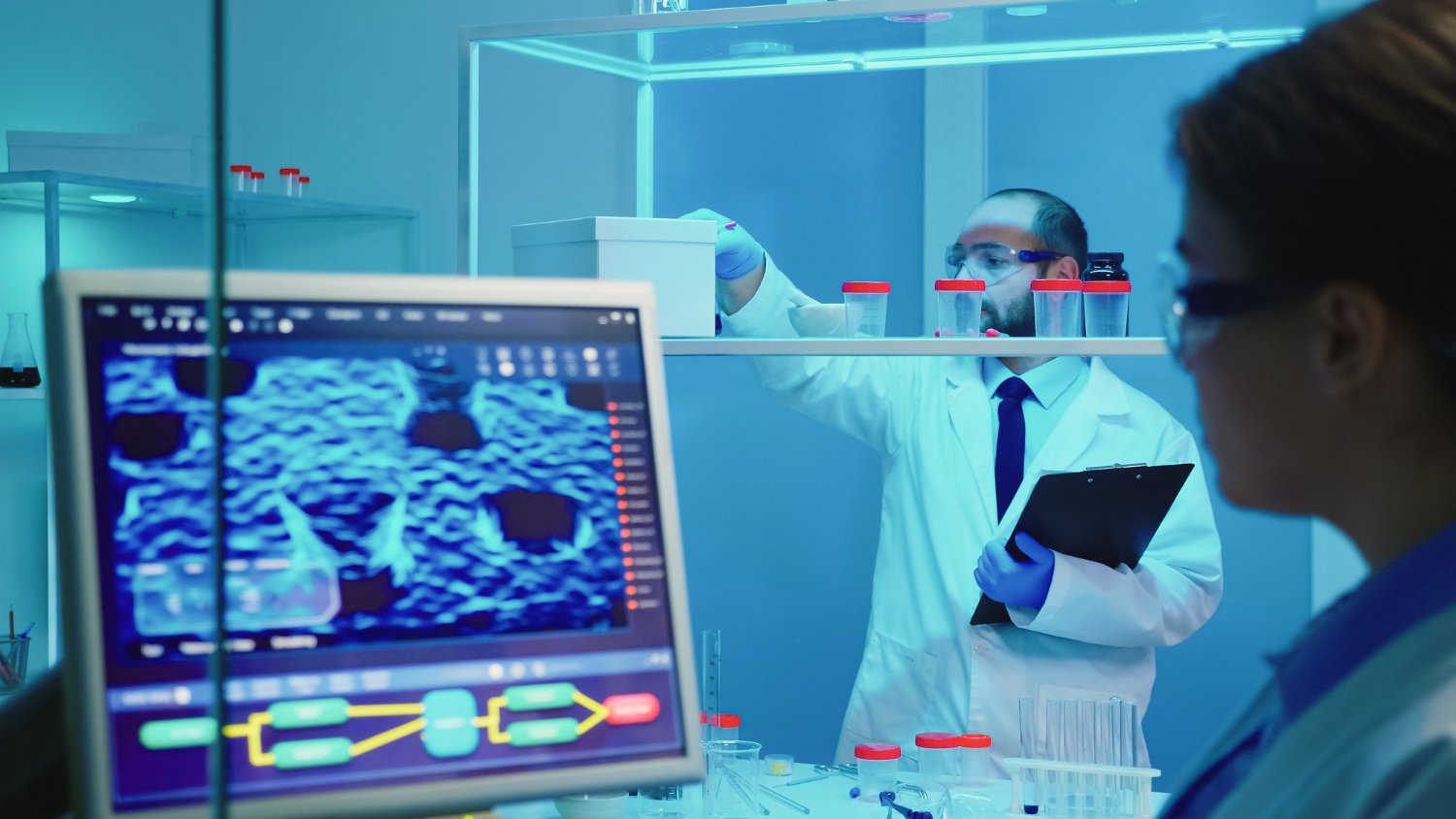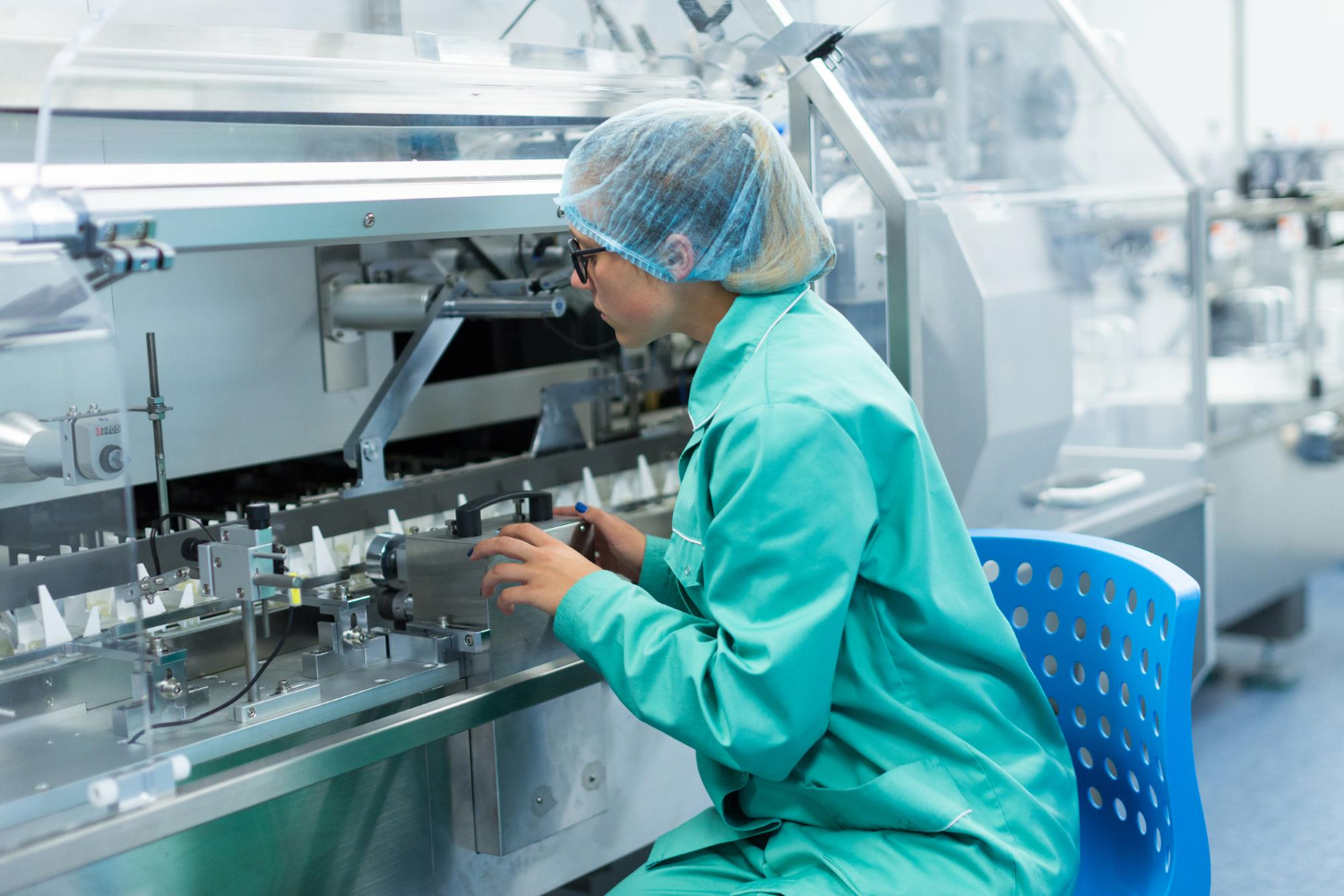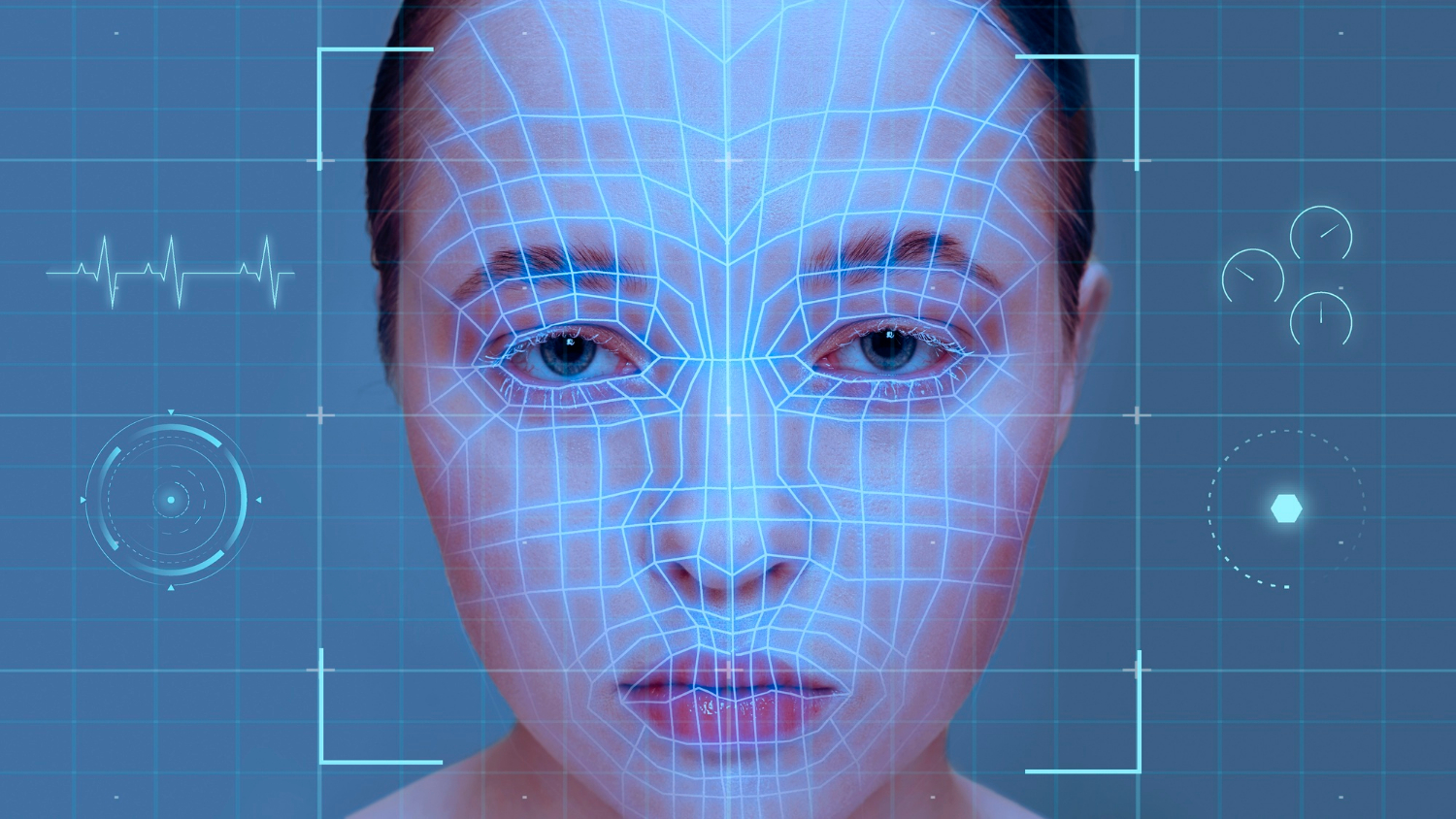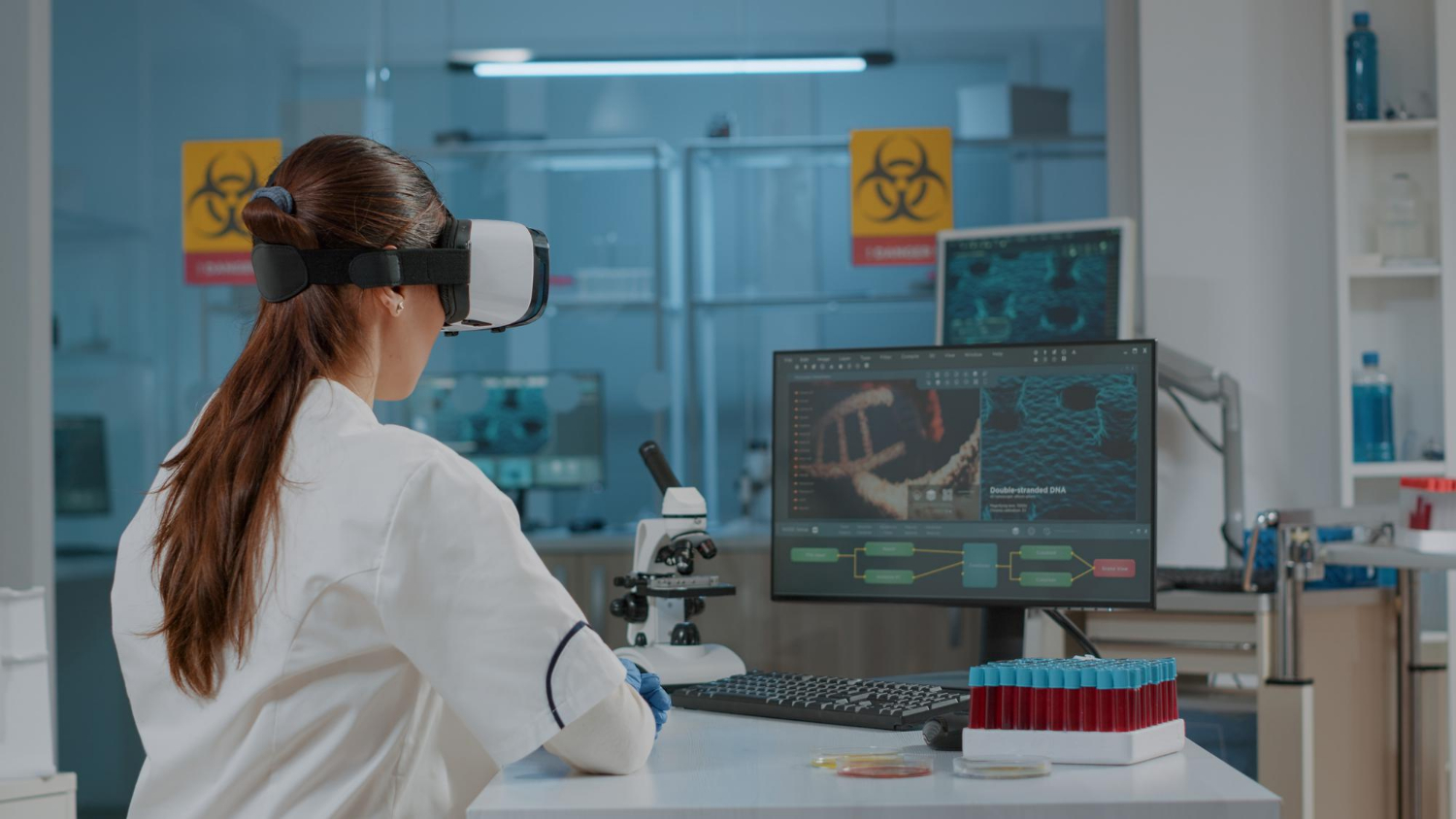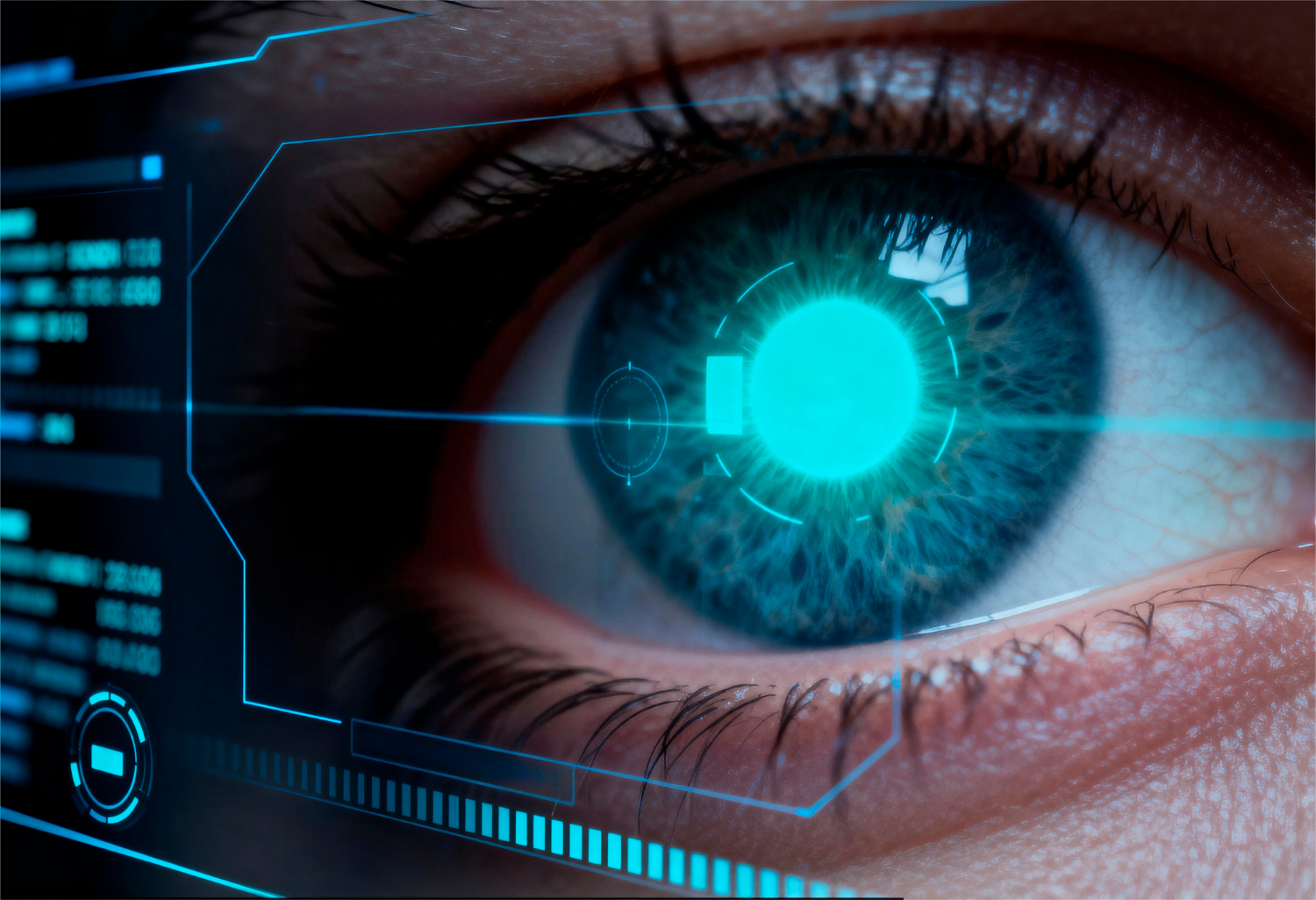In the biotech and pharmaceutical industries, compliance defines how workspaces operate. Facilities must control the number of particles in every cubic meter of room air. Standards such as ISO 14644-1 guide organisations by setting clear limits.
Cleanrooms are classified by how well they keep low particle levels. This helps research and manufacturing meet strict safety standards.
Modern biotechnology depends on these rules to protect sensitive experiments in molecular biology and to keep pharmaceutical production safe. When compliance is met, the quality of both research and finished products improves.
Standards and Classification
ISO 14644-1 is a global benchmark. It sets thresholds for airborne contaminants by counting the number of particles in each cubic meter. Cleanroom classification ranges from strict to moderate, depending on the industry and task.
Pharmaceutical companies usually need strict control. However, some research and development labs may have a bit more flexibility.
Cleanroom standards help ensure that the right environment is created for the task at hand. In basic research, even a small increase in particle concentration can alter results. During a manufacturing process, poor classification may lead to unsafe medicines or faulty equipment.
Air Flow and Laminar Systems
Air flow plays a critical role in controlled environments. Laminar flow directs room air in smooth, one-way streams. This prevents turbulence and keeps particles away from sensitive zones. Engineers design systems that push clean air over work areas, reducing contamination risk.
Filters combined with laminar flow remove even the smallest unwanted matter. Controlled air movement makes it possible for biotech and pharmaceutical industries to meet compliance without slowing down operations.
Read more: AI’s Role in Clinical Genetics Interpretation
Flexible Spaces with Modular Options
A modular cleanroom offers flexibility for projects that change frequently. Instead of constructing permanent spaces, biotech firms use modular designs that can expand or be relocated. This makes it easier to adapt during research and development or when demand increases.
Compliance remains essential in these units. They must still meet ISO 14644-1 and maintain the required cleanroom classification. Features like air showers, laminar flow, and automated particle monitoring are included in modular systems to meet these needs.
Research and Development Applications
In research and development, environments with low particle concentration are essential. Molecular biology studies, diagnostic tests, or tissue culture experiments all need consistent conditions. A single cubic meter of uncontrolled room air might hold millions of particles, while an ISO-standard controlled environment holds only a fraction of that.
Cleanroom technology supports these efforts by providing stable air flow, advanced monitoring, and systems that adapt as studies progress. The outcome is reliable data, which is vital for moving from research to large-scale production.
Read more: Top Biotechnology Innovations Driving Industry R&D
Pharmaceutical Industry Requirements
Pharmaceutical industries depend on strict compliance at every step of production. The manufacturing process involves handling sensitive compounds, and the smallest contaminant can make a batch unsafe. Facilities monitor particle concentration in real time, adjusting systems immediately if thresholds are breached.
Air showers reduce risks from human entry, while automated systems track air quality and ensure cleanroom standards are not compromised. These safeguards keep production safe and help companies meet regulatory requirements in the United States and worldwide.
Efficiency and Compliance Together
Maintaining compliance does not mean sacrificing productivity. Biotech companies and pharmaceutical industries use advanced cleanroom technology to combine safety with efficiency. Continuous monitoring tools measure conditions in real time, allowing teams to react quickly.
By using modular designs and improved air flow, companies avoid downtime and reduce costs. Compliance supports the bottom line when it is managed with the right systems in place.
Monitoring Systems and Data Integration
Advanced monitoring systems track every cubic meter of air in a controlled environment. Sensors count the number of particles present, feeding this data into central platforms. Engineers receive alerts if particle concentration rises above ISO 14644-1 thresholds. Integration with building management systems ensures that room air, temperature, and humidity remain stable.
Data integration improves compliance by giving managers a full picture of the environment. Reports generated over weeks or months demonstrate consistent performance, which is essential for audits. In biotech research, long-term consistency strengthens the reliability of outcomes.
Cleanroom Technology in Manufacturing Process
During a manufacturing process, precision is critical. Equipment used to produce pharmaceutical products or biotechnology devices must function under strict conditions. Cleanroom technology provides the infrastructure for this work. Laminar flow units protect sensitive stages by directing clean air.
When production lines run, operators must follow compliance standards. Air showers reduce contamination from staff entering the room. Modular solutions allow companies to add controlled spaces around critical steps without major construction. These designs keep production efficient while upholding cleanroom standards.
Read more: Automating Assembly Lines with Computer Vision
Role in Molecular Biology and Modern Biotechnology
Modern biotechnology relies on environments that prevent interference in delicate experiments. In molecular biology, where scientists work with DNA or proteins, particle concentration can alter results. ISO 14644-1 standards define the acceptable limits for these environments.
Tissue engineering and gene therapy research also depend on controlled air flow. Even a small increase in contaminants can compromise cells and tissues. Compliance ensures that results remain valid and reproducible. Research and development teams rely on these measures to push projects from early stages to real-world application.
Compliance in Pharmaceutical Industries
Pharmaceutical industries face strict regulation in the United States and other regions. Agencies demand adherence to cleanroom classification rules before approving products. The Food and Drug Administration inspects facilities to confirm compliance.
Air showers, particle monitoring, and controlled air flow are not optional features. They are central to compliance strategies. By maintaining strict standards, companies protect human health and reduce risks during drug production. Biotech and pharmaceutical industries both depend on this infrastructure to bring safe biotechnology products to market.
Future Outlook of Controlled Environments
The demand for compliance grows as biotech research expands. Cleanrooms are classified with increasing precision. Modular cleanroom systems allow companies to adapt quickly without redesigning entire facilities.
The future of controlled environments will involve even tighter integration of cleanroom technology with digital monitoring tools. Particle concentration, air flow, and room air quality will be tracked in real time with greater accuracy. For industries working with modern biotechnology, these developments will support both compliance and efficiency.
Read more: Fundamentals of Computer Vision: A Beginner’s Guide
How TechnoLynx Can Help
TechnoLynx supports biotech and pharmaceutical industries with advanced cleanroom technology solutions. Our solutions meet ISO 14644-1 standards and support a wide range of environments, from research labs to manufacturing plants.
We design modular cleanroom options with laminar flow, air showers, and automated monitoring. Our focus is on ensuring compliance while keeping operations efficient. By working with TechnoLynx, companies gain reliable tools that protect research, development, and production without compromise. Contact us to start collaborating!
Image credits: Freepik

